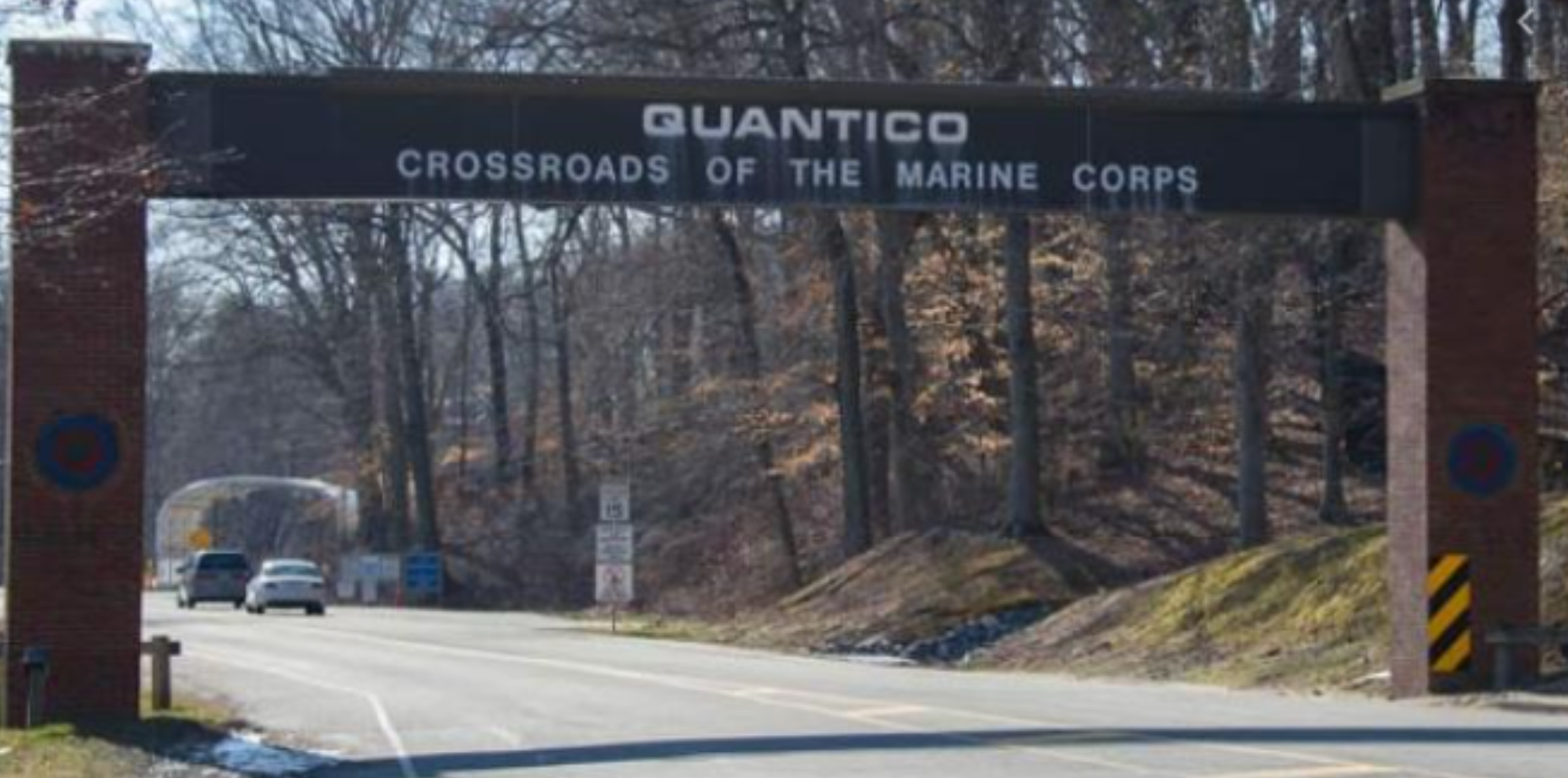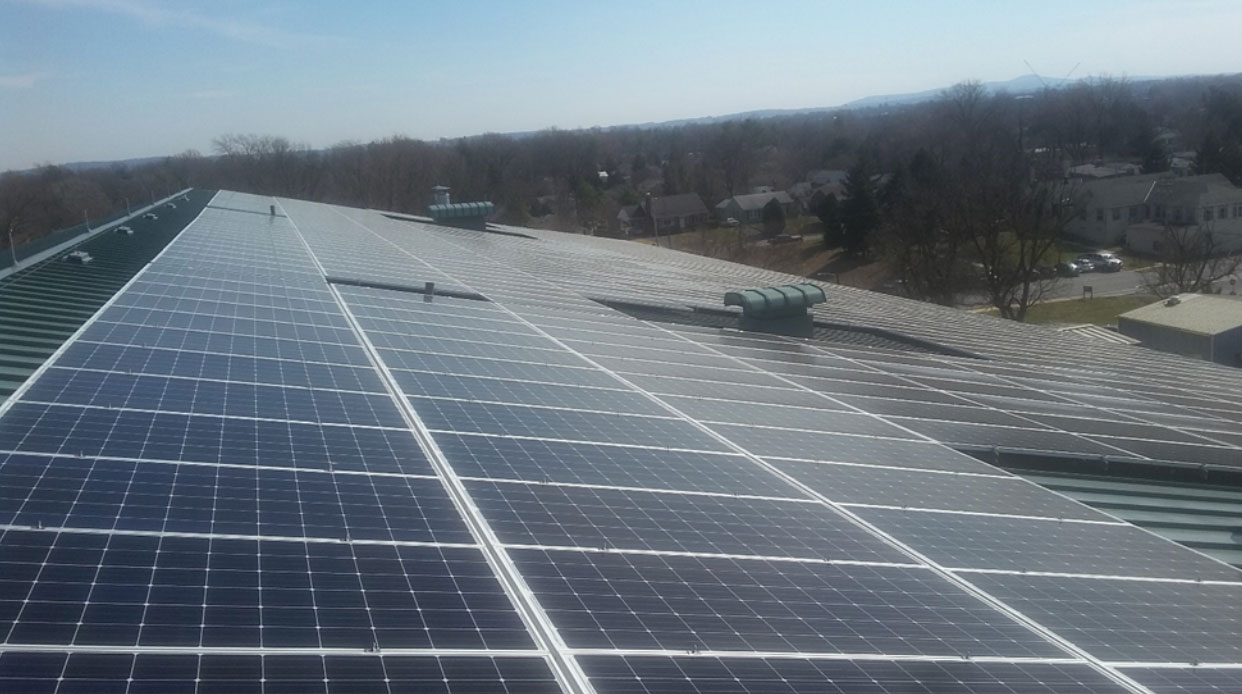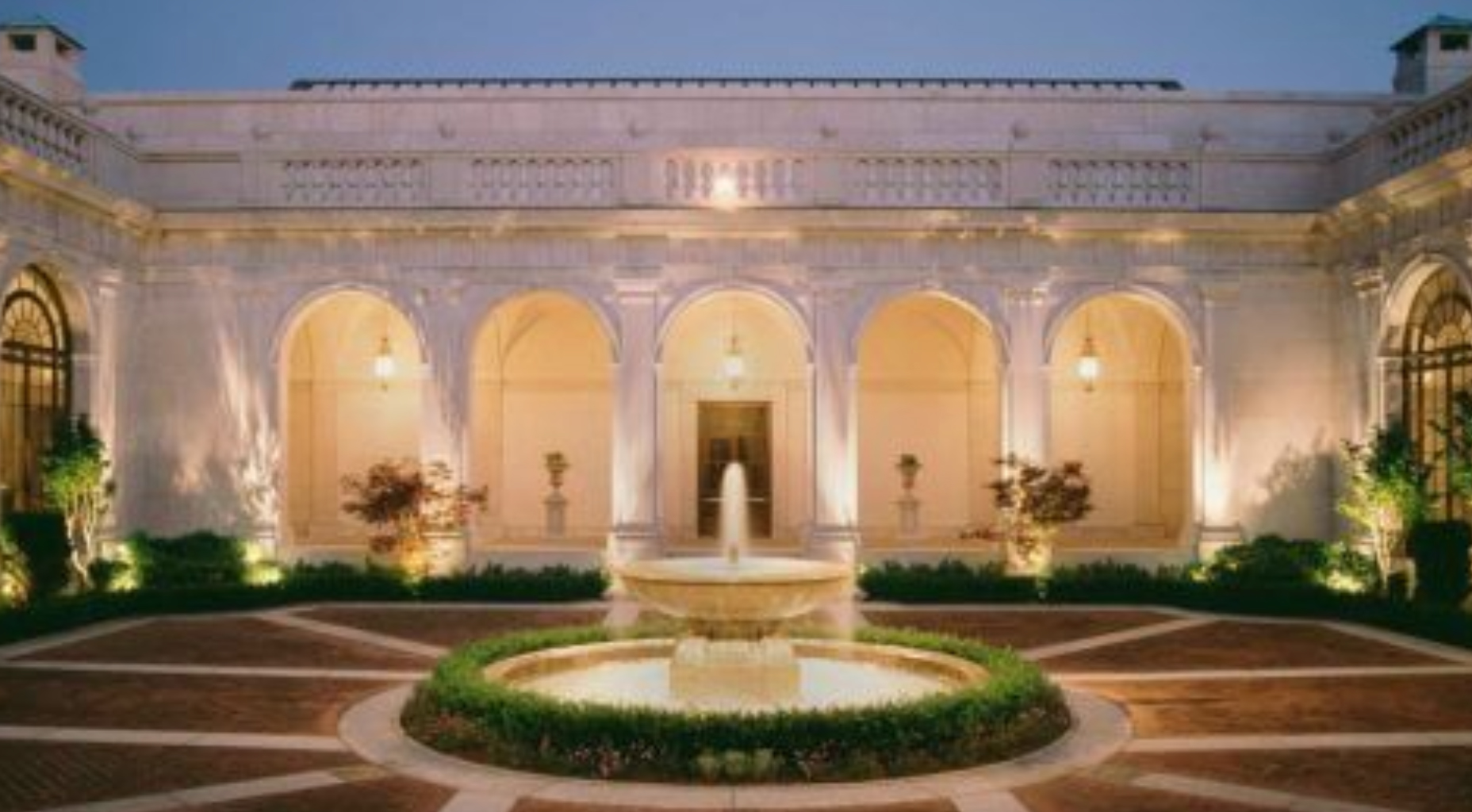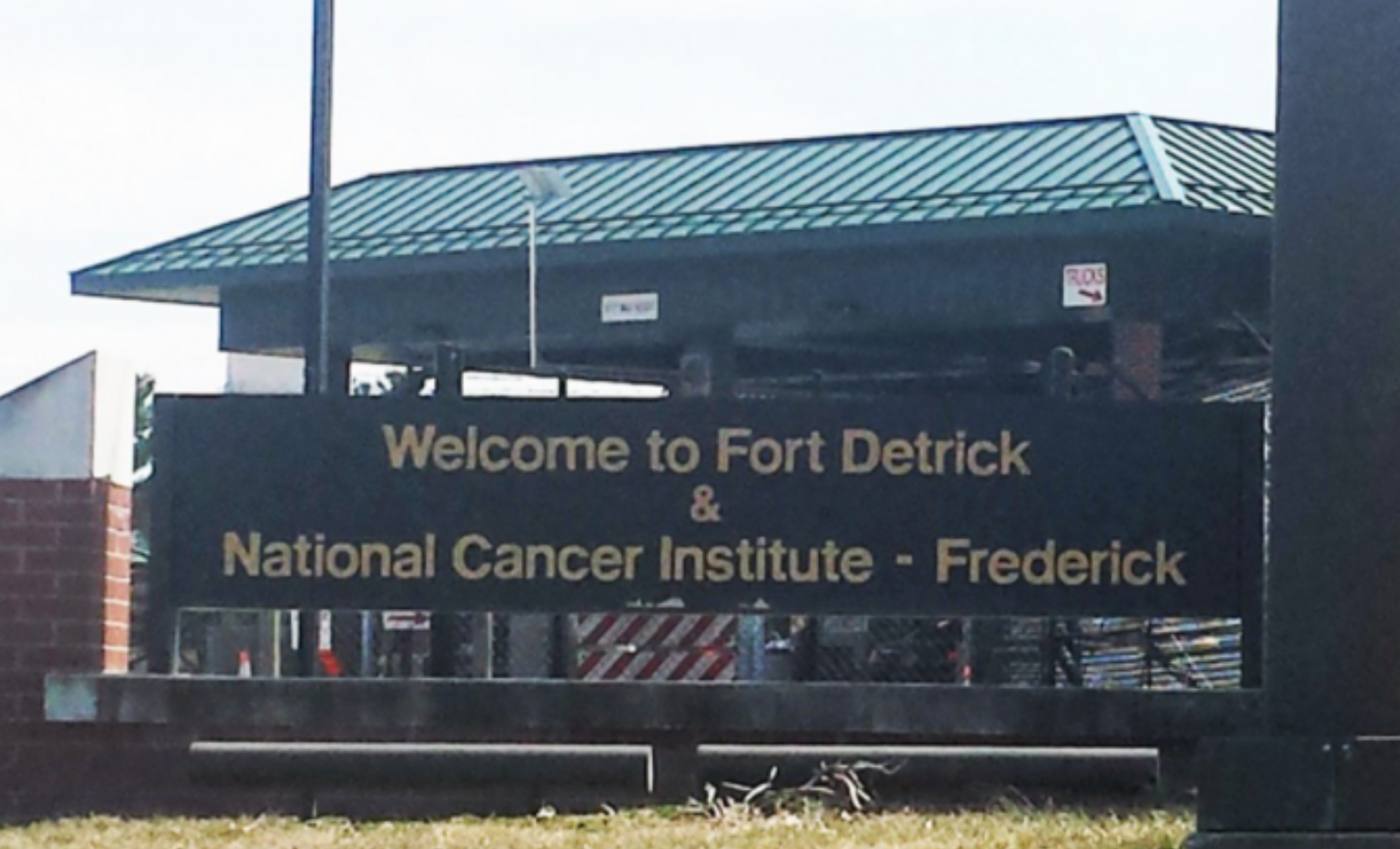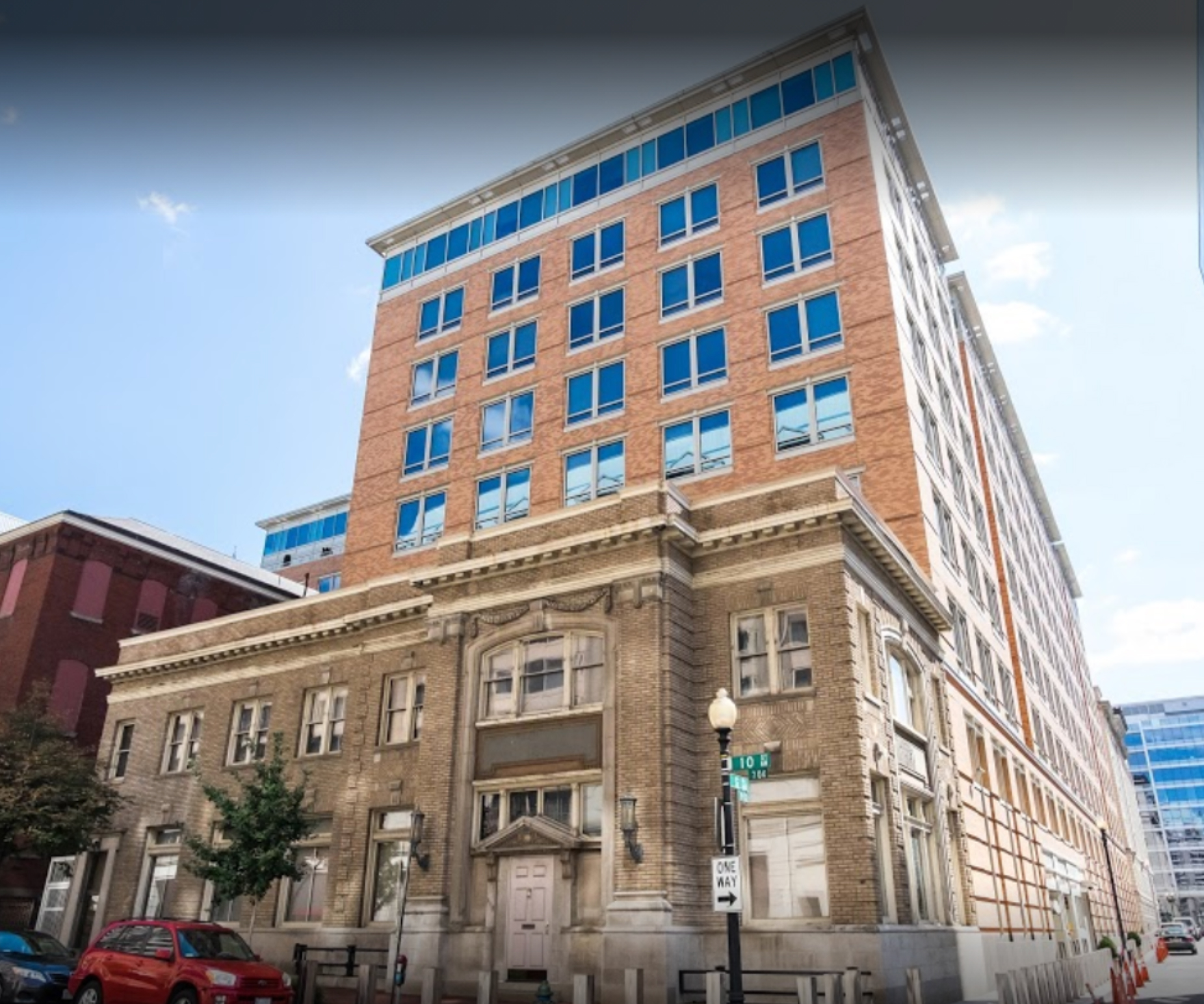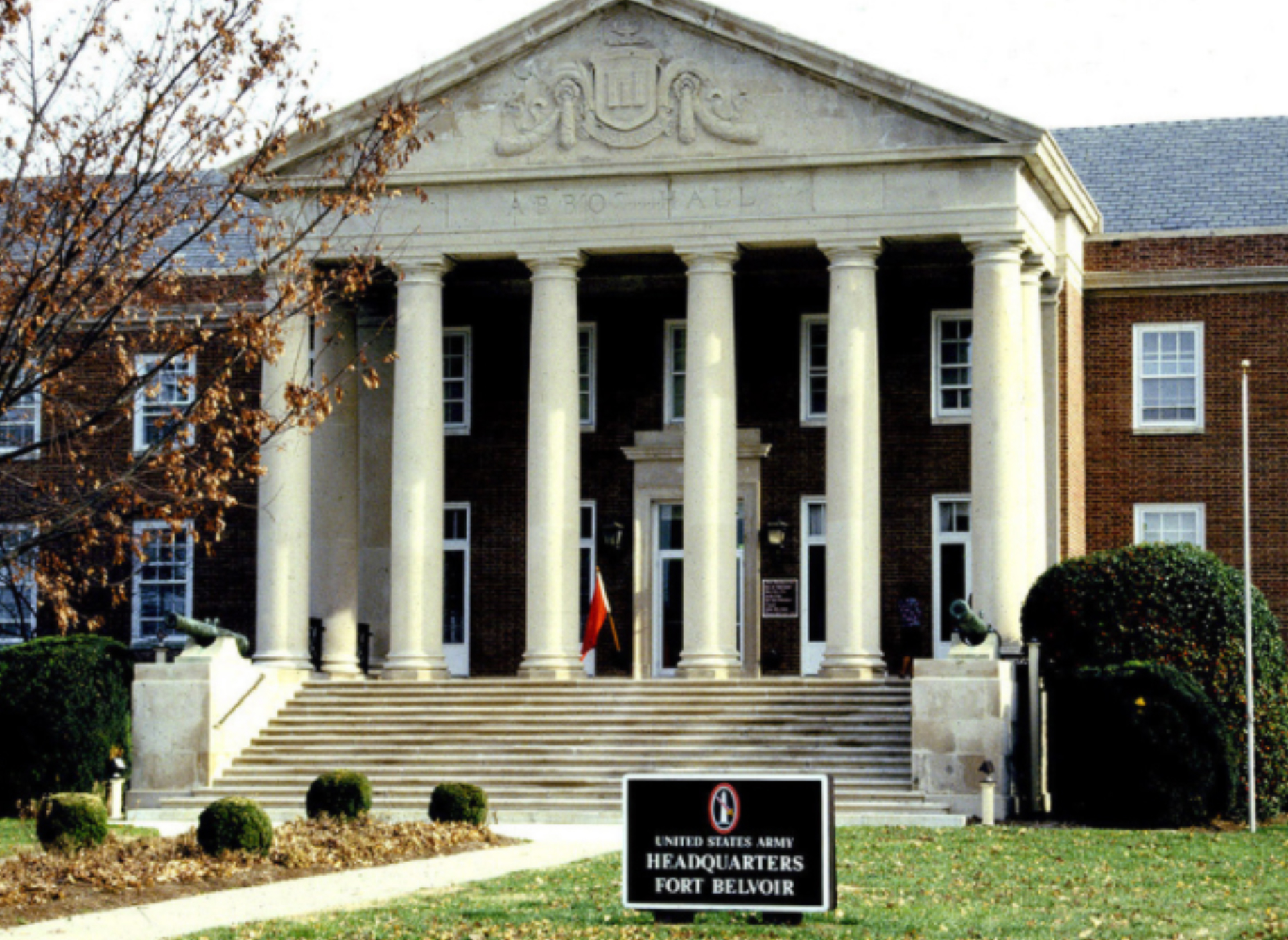Leidos Biomedical Research Facility (Leidos) Frederick National Laboratory for Cancer Research (FNLCR) Ft Detrick Building 362 Parking Lot Paving and Drainage
Meltech completed this project for the paving and drainage for the Leidos Biomedical Research Facility Inc., in support of the Frederick National Laboratory for Cancer Research at Fort Detrick in Frederick, Maryland. The purpose of this project was to removal the deteriorated road surface, redirect the through-traffic flow, improve the area drainage and re-pave the access road and parking lot in the Building 362 area. The project will collect the storm water runoff and direct the storm water into the existing storm pipe and inlet structure at Miller Drive.
Further Details
This work required a new trench drain in front of Building 362 and a new trench drain at the parking lot entrance at Miller Drive. Meltech completed the installation of a new concrete swale at the trench drain in front of Building 362 and a new trench drain to facilitate the water migrating to the existing storm pipe and inlet structure at Miller Drive. The project impacted several buildings on the Fort Detrick base: Buildings 362, 363, 361, 359, 319, 324, 322, 323, 318, 390, and 374. Although the service lane and the parking lot was closed during construction, the buildings being served by the roads/lanes remained operational during construction. The coordination of the construction vehicles and the staging/storage area was required to ensure and safe work site and to minimize disruption to the building occupants. Meltech maintained access for both pedestrians and rolling carts at all times. The buildings were not able to be vacated as there are animals in many of the service lane buildings. Access was required from these buildings to the tunnel washer located in Bldg. 1021. The APA buildings house laboratory animals and the animal cages, bedding material, etc. will be transported between buildings and the tunnel washer in Bldg. 1021 during construction. Phasing and extensive coordination were required to facilitate the LASP animal program operations. Additional noise and vibration were also factors affecting the animals’ health environment. Measures were taken to ensure that noise and vibration did not affect the animal science work being completed in the APA buildings.
The project was completed with several phasing constraints. This project was for paving and drainage of several areas on the Fort Detrick base. The project was completed in phases: APA Phase II, Bldg. 362 Parking Lot; Bldg. 350; and Option Work. The new curb, subbase restoration and new base first to allow limited traffic on Cain Street. Upon completion, Meltech completed the demolition and paving restoration in the Building 362 lot. Meltech was responsible for contacting Washington Gas to determine the exact location of the existing gas lines that runs through the parking area.
APA Paving Area: The purpose of this project was to remove the deteriorated road surface, sub-surface and repaving of the service lane on the two service lanes that run from 1026/1027 to Boyles St. and from 1029 to Boyles St. The project was to ensure proper storm water collection and drainage, and repair/replace head walls.
The APA Phase II work consisted of the paving and drainage and all other construction services to pave the two APA Phase II service lanes, rock removal transport and testing, demolition of concrete encased existing storm drain piping and concrete retaining wall. The project included paving to the road and parking lot at Bldg. 362. The worked included the excavation of the existing service lanes down to the desired depth; removal of any obstructions encountered to include concrete; installation of erosion and sediment control measures; removal of the retaining walls and rebuild with stackable blocks. Meltech installed a new asphalt service lane consisting of 6” stone base, 4” asphalt base, and 1-1/2 surface course. We widen the service lanes as much as possible without removing the pipe stations and removed all of the existing drain pipes. We completed the rebuild and reconfiguration of the service lane to eliminate, or minimize, the pinch points at the pipe sanctions. Meltech rebuilt the Boyles Street entrance to remove the pinch or hourglass configuration and installed the curb and gutters. We completed the installation of a new storm drain inlet directly above the new storm water pipes under the new services lanes at two sections and completed the new inlet tie into the new storm pipe. We installed a slotted drain pipe at two locations and relocated one guy wire. We completed the removal of the existing traffic signs and reinstalled upon completion. We completed the removal of the manhole and drain pipe from the swale at Building 1044 and extended the swale and installed new pipe. Finally we completed the break of three (3) existing concrete steam vaults to grade and fill with gravel and installed the line stripping as indicated.
The Bldg. 362 Parking Lot work consisted of the paving of the Bldg. 362 road and parking lot. The work included the excavation of the existing road; installation of new asphalt road consisting of 6” stone base, 4” asphalt base, and 1-1/2 surface course; raising of all sewer cleanouts, manholes, and water valve boxes to above grade; installation of new curb and gutter; removal of existing gravel and installation of new concrete pads for the existing dumpsters; installation of new storm water trench drains; installation of new concrete swale; construction of new concrete apron at trench entrance; installation of new piping from trench drain to new concrete swale; reconfiguration of center island to redirect traffic around the parking lot; removal and installation of new sidewalks; removal and installation of new wood handicap ramp; Mill Beasley Drive and tie in new asphalt roadway; slope grade away from new curb and gutter; installation of pavement markings and install new signage; removal of existing drain pipe at Beasley Drive; removal of existing 6-inch drain pipes that run under the sidewalk; and installation of new asphalt sealer over the remaining pavement at the Carpenter Shop Dust Collection area.
The Bldg. 350 work consisted of the regarding of the grassy area outside of Bldg. 350 to eliminate ponding; removal of unsuitable materials; import, placement, compaction and testing of suitable; paving and all other construction services to pave the two APA Phase II service lanes; to pave the road and parking lot at Bldg. 362. The work consisted on the removal of the existing sidewalk from Bldg. 349 to Bldg. 350. Meltech completed the reinstallation of the sidewalk at a new location towards the main parking lot and further away from new swale to avoid the sidewalk from acting as a dam from Bldg. 350 to the new swale. The work consisted of the removal and installation of two (2) new concrete picnic table pads; removal of a portion of the sidewalk from Bldg. 350 to the main parking lot and from Building 350 to Ware Drive; reinstallation of the sidewalks in the same location but elevated to be above the drainage area; removal handrails at the Bldg. 350 entrance; grind smooth and paint; reconfiguration of the existing retaining wall and add one additional 6×6 timber to the top of all the retaining walls to provide a greater slope away from the Bldg. 350 to prevent new backfill material off of the new building EIFS. Meltech completed the removal of part of the existing asphalt surface in the nook between Bldg. 349 and 350 to the main parking lot and of the existing drain pipe connected to the downspout off of Bldg. 350 and installation of new pipe at new elevation and the connection of two existing to the new pipe. Meltech regarded the area to create a new swale from the Building 349 parking lot to Ware Drive. We install a new under-slab trench drain under the new sidewalk that runs from Building 350 to the main parking lot and removed the curb and sidewalk to allow the installation of the new trench drain. The trench drain conveyed the surface runoff from the new swale to the storm system under Ware Drive. Meltech also relocated one tree out of the swale area.
